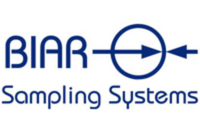
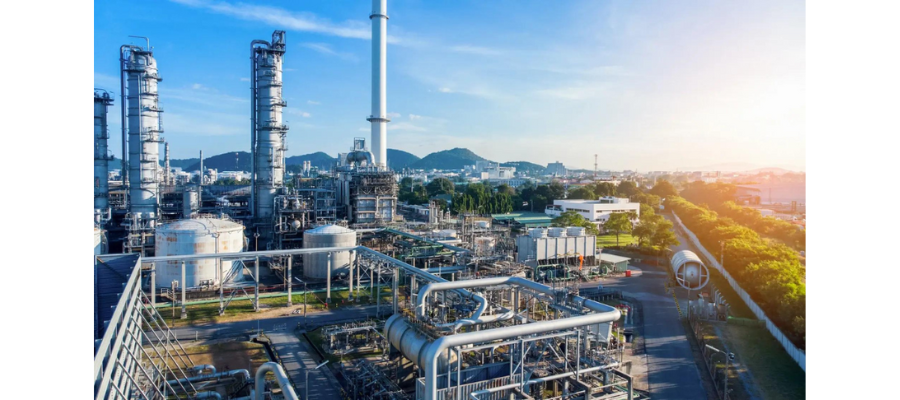
Better Sampling for Plants Using the HF Alkylation Process
Hydrogen Fluoride (HF) is a colorless, corrosive chemical. It is an important feedstock for a variety of products such as refrigerants, herbicides, pharmaceuticals, aluminum, plastics, electrical components, and fluorescent lightbulbs.
Additionally, some refineries use HF in the alkylation process to convert olefins to higher octane petroleum.
Chemical plants that manufacture HF need to grab samples at various production stages for quality and efficiency purposes. This process can be challenging due to HF’s extreme toxicity and corrosiveness. Therefore, material of construction must be carefully considered when designing a sample system. Typically, Monel 400 or Hastelloy® C276 are recommended. HF must be sampled in an enclosed system to prevent accidental releases or exposing the operator to toxic fumes. To maximize operator safety and to reduce the toxicity of anhydrous HF, deionized water is sometimes used to convert anhydrous HF into aqueous HF.

Traditional sample systems consist of a sample panel on a fast loop or bypass with a flow-through cylinder and dip tube. These systems are complicated and require multiple steps to get a representative sample. They feature numerous valves, tubing and quick connects which are a maintenance nightmare. These systems may also require flushing before an operator can collect a representative sample. Additionally, moisture ingress may encourage corrosion and can adversely affect sample results.
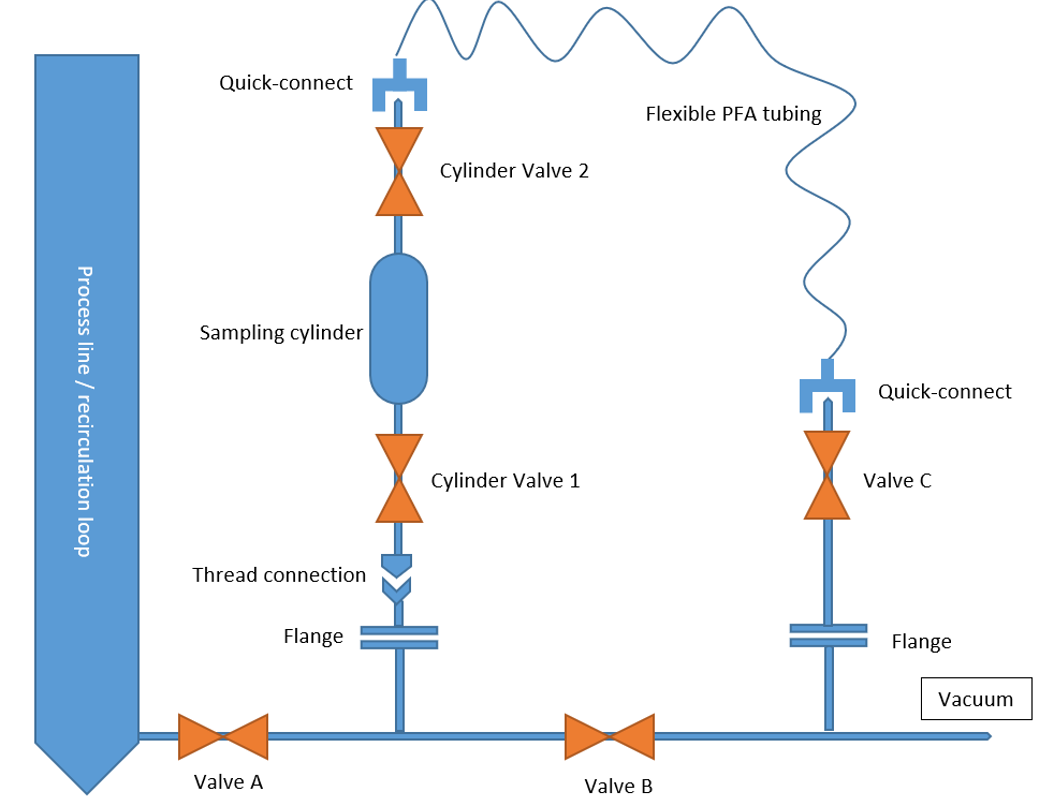
Example of a traditional sample panel with flow-through cylinder.
To eliminate the risks associated with these types of sampling set ups, BIAR Sampling Systems has designed an easy-to-use sampling system that is inherently safer because it reduces the risk of incorrect operation. Its design features fewer connections, making it more robust and easier to maintain, resulting in lower maintenance costs and less downtime. Because the system is inline and has no dead space, it guarantees a representative sample every time.
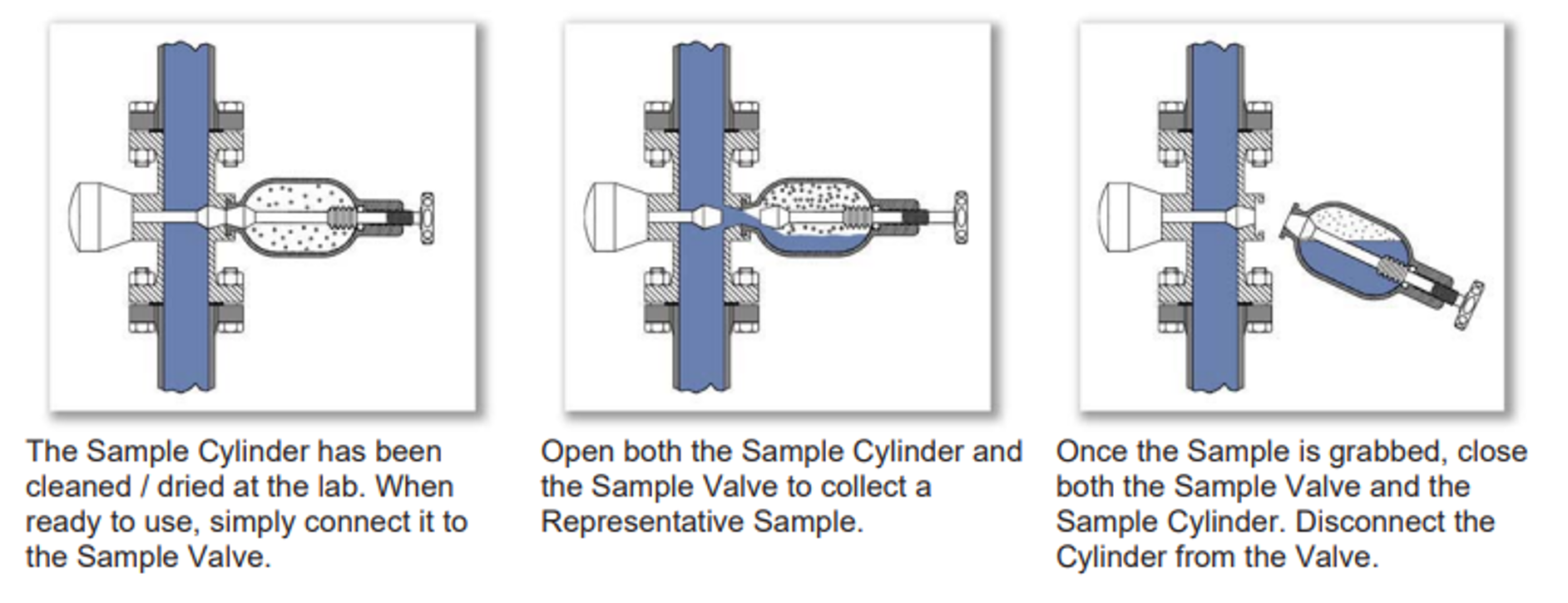
Fewer steps are required, and a representative sample is guaranteed every time.
Extracting the sample safely in the laboratory is also an important factor to consider. It should be relatively easy to extract the sample into a gas chromatography (GC) or into another container.
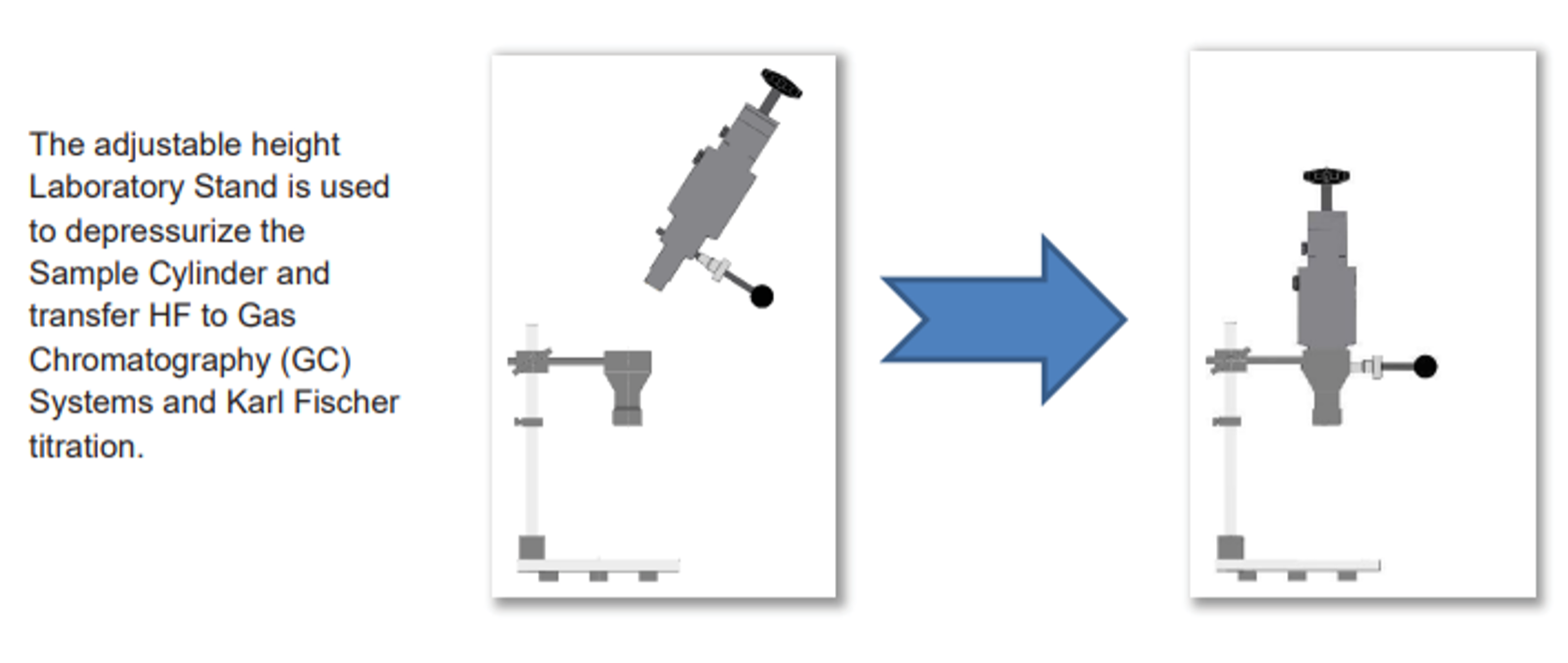
Extracting the sample in the lab should be simple and safe.
When considering an alternative to the sample system you’re using, look for one that reduces emissions, waste, exposure and maintenance costs while guaranteeing a safe, representative sample every time.
Want to learn more?

